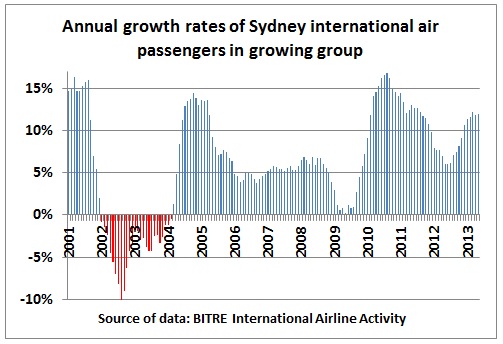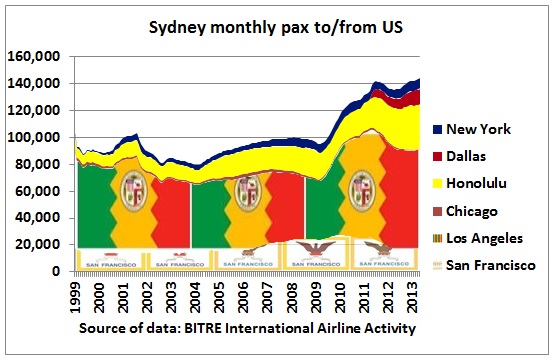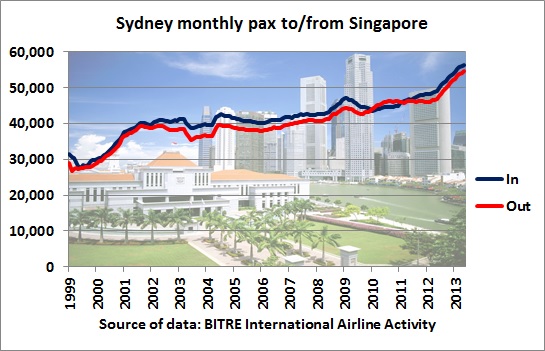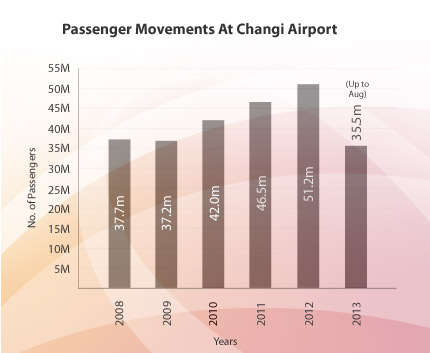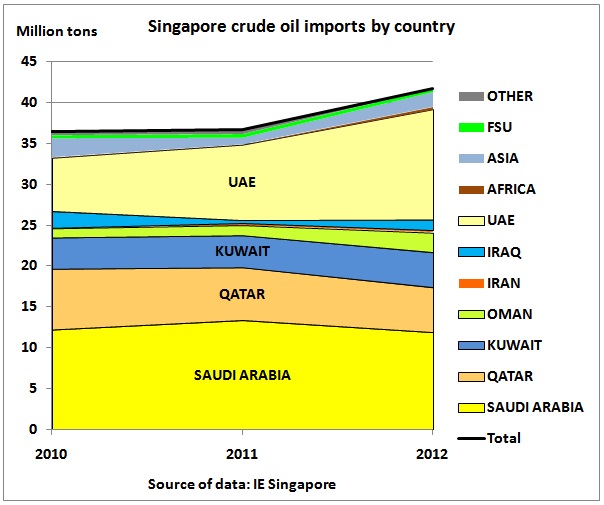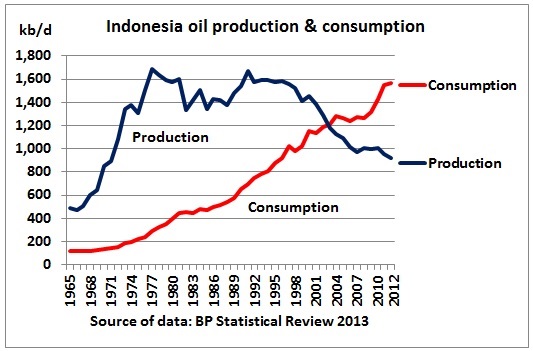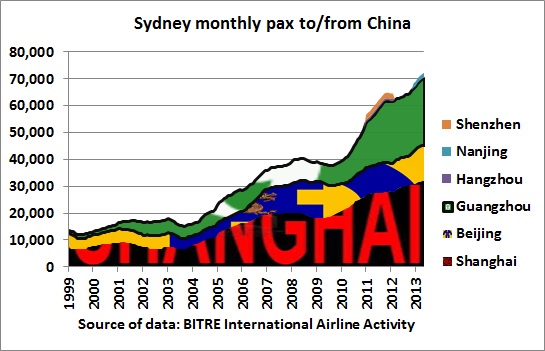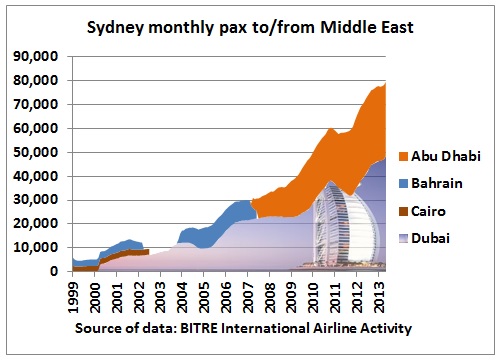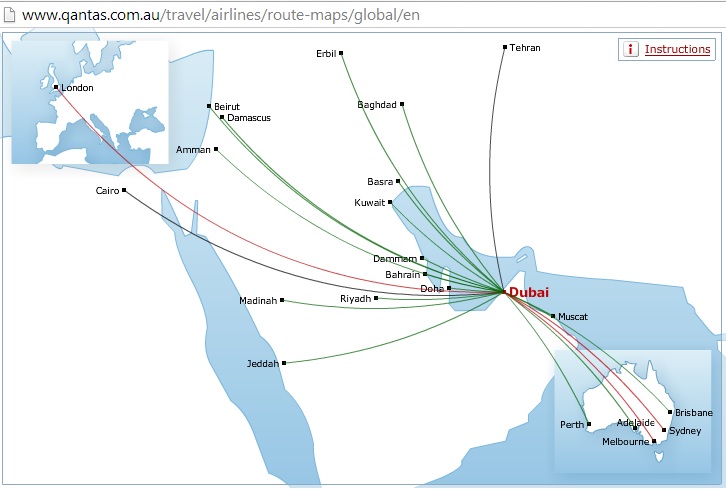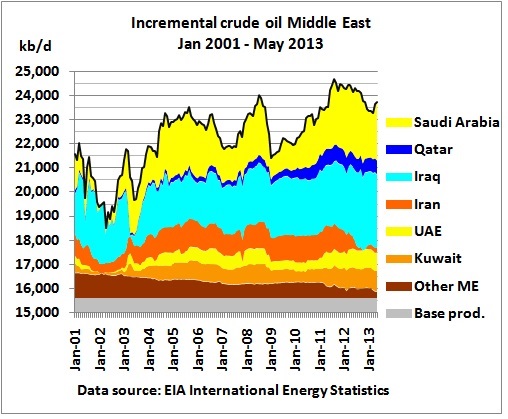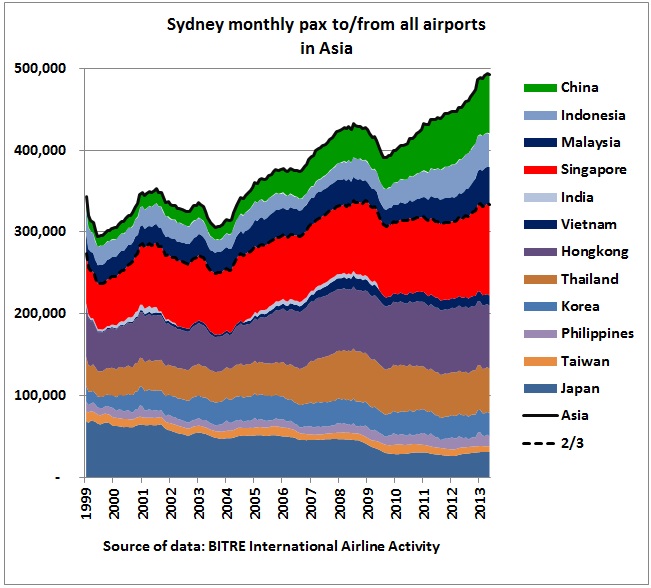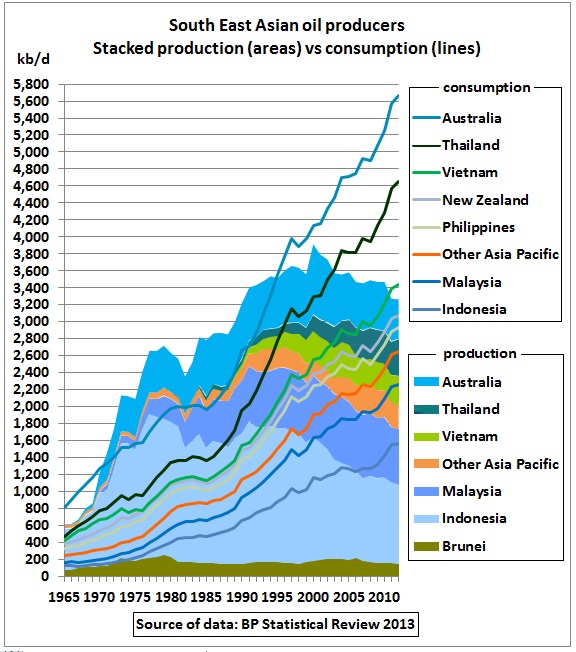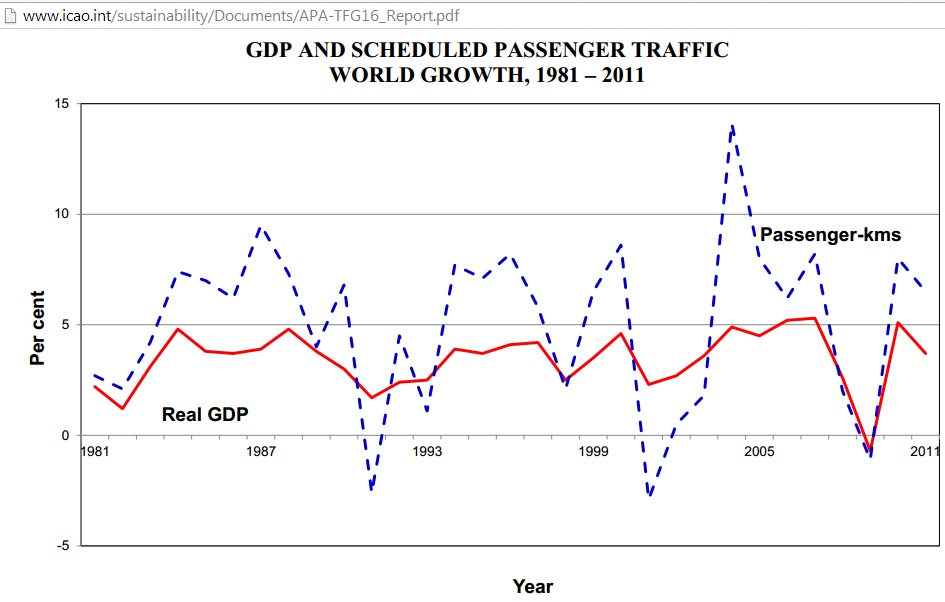In this post we look at growing international passenger numbers at Sydney airport and how these hide stagnation in large parts of the Asian market.
12 months moving average of air passenger traffic in the growing group. The recovery after 2009 when the global financial crisis hit most, is amazing. Annual growth rates jumped to over 15%
However, the historic record shows huge variations in growth rates, reflecting vulnerability to disruptions like 9/11, SARS and the GFC. Uncertainty and black swan events will continue into the future. They are likely to increase in frequency as both peak oil and global warming impose themselves physically.
Let’s have a look at the growth, country by country, starting with the largest contributor:
We see the impact of 9/11 which took a long time to recover from. After a small drop during the acute phase of the financial crisis there was a remarkable increase of 40% until 2011 as a result of the combination of a high Australian dollar and QE in the US.
The uptick in 2008 was caused by the introduction of low cost carriers following the opening of the Budget terminal (construction started in 1999). 2008 was also the year of the Olympic games in China. But the boost was short lived as high fuel costs and then the GFC hit.
http://www.smh.com.au/news/news/cheap-seats-hit-turbulence/2008/01/09/1199554719994.html
The Qantas decision to move its hub to Dubai will impact on recent growth rates
http://centreforaviation.com/analysis/singapore-changi-traffic-growth-to-slow-as-qantas-drops-hub-and-airasia-closes-base-105062
The Singapore hub
Terminal 1 (1981) 21 million passengers pa expansion to 24 million pa
Terminal 2 (1991) 23 million passengers pa
Terminal 3 (2008) 22 million passengers pa
Budget terminal (2006) 7 million passengers pa closed 2012 and will be replaced by Terminal 4 with 16 million passengers pa to be opened in 2018
http://www.changiairportgroup.com/cag/html/the-group/air_traffic_statistics.html
The transit share is 30% http://www.cai.sg/aboutus/about_us.htm
Singapore’s refineries are 94% dependent on crude oil imports from the Middle East
Like at many other airports the financial crisis brought a substantial drop in passengers. Airline liberalisation and introduction of budget airlines brought a boost to flights after a period of recovery.
The impact of the Bali bombings in 2002 and 2005 can be clearly seen. Growth after 2009 seems to have stalled.
Indonesia is now a net oil importer. That is already impacting negatively on the economy.
In 3 and a half years since 2010 air traffic has increased by 80%, or 23% pa. But variations can be huge with y-o-y changes between 1% and 40%
According to a recent report by Wood Mackenzie, China’s oil imports will rise from 2.5 mb/d in 2005 to 9.2 mb/d in 2020 http://www.woodmacresearch.com/cgi-bin/wmprod/portal/corp/corpPressDetail.jsp?oid=11495385
Where will this additional oil of around 3 mb/d come from? It would be 3 times of what China was importing from Saudi Arabia in 2011:
http://www.eia.gov/countries/analysisbriefs/China/images/crude_oil_imports_source.png
The mystery of Saudi spare oil production capacity
18/9/2013
“Saudi Arabia pumped already 10.19 million barrels per day last month and if we base our calculation on the oil minister’s previous statements [total production capacity 12.5 mb/d and spare capacity 1.5- 2 mb/d], then it can only pump another 800,000 barrels extra if it wants to maintain its traditional spare capacity buffer,” one Gulf-based analyst said.
A Gulf source familiar with the matter said the kingdom, ….. can only sustain output of 12.5 million barrels per day for only a very short period.
http://blogs.wsj.com/middleeast/2013/09/18/the-mystery-of-saudis-spare-oil-production-capacity/
.
The Dubai hub
In the first 5 months of 2013, Middle East crude production was just 200 kb/d higher than in the 2nd half of 2005.
Sydney flights from/to Asia
We see that after that peak in 2008 growth in Singapore could just about compensate the decline elsewhere. So 2/3 of Asia’s direct flights to/from Sydney have gone sideways.
18/6/2013
South East Asian oil producers – the widening gap between oil production and consumption
http://crudeoilpeak.info/south-east-asian-oil-producers-the-widening-gap-between-oil-production-and-consumption
.
Oil prices and supplies will have an impact on GDP. Air traffic growth rates depend on GDP growth as shown in this graph from the Asia/Pacific Traffic Forecasting Group (Sep 2012)
Each dip in GDP growth goes along with a drop in air traffic growth. More details are here: http://www.icao.int/sustainability/Documents/APA-TFG16_Report.pdf
Affected Documents
Apart from the Sydney Airport Master Plan following NSW infrastructure documents did not do any detailed analysis of future air traffic on the basis of oil supplies and GDP:
First things first (Oct 2012)
Future Infrastructure demands
Passenger growth to 79 million pa by 2029 (p 38)
http://www.infrastructure.nsw.gov.au/pdfs/SIS_Report_Complete_Print.pdf
NSW Long Term Transport Master Plan (Dec 2012)
77 million passengers by 2035 (p 34)
http://www.transport.nsw.gov.au/sites/default/files/b2b/publications/nsw-transport-masterplan-final.pdf
Draft Metropolitan Strategy (March 2013)
Sydney airport specialised precinct
Provide capacity for at least 8,000 additional jobs in 2031. (p 84)
http://strategies.planning.nsw.gov.au/Portals/0/Documents/9_Draft_Metro_Central_Subregion.pdf
Westconnex Strategic Environmental Review (Sep 2013)
75 million passengers by 2033 (p 9)
http://www.westconnex.com.au/documents/westconnex-strategic-environmental-review-2013.pdf
Conclusion:
The real growth of international passengers at Sydney airport to/from Asia comes from just 3 countries: China, Malaysia and Indonesia. How long can that continue? As long as Asia can import oil to both offset declining production and provide for growing demand. No one in government has bothered to do any calculations on these resource constraints.
Previous posts:
22/9/2013
Half of Sydney’s direct international flights dropped by 5% since July 2008 (part2)
http://crudeoilpeak.info/half-of-sydneys-direct-international-flights-dropped-by-5-since-july-2008-part-2
7/10/2012
Peak oil lite: Sydney Airport passenger traffic 15% below 2009 forecast (part 1)
http://crudeoilpeak.info/peak-oil-lite-sydney-airport-passenger-traffic-15-pct-below-2009-forecast-part-1

